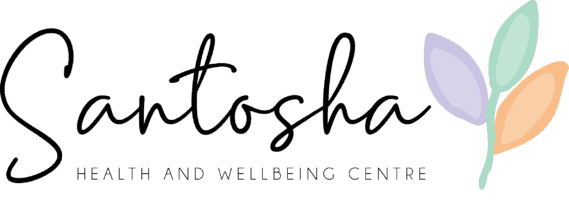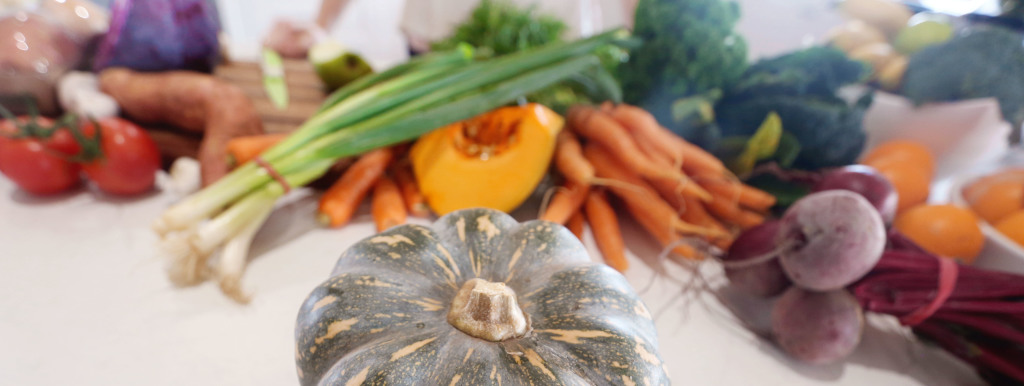My friend Kasey from My Health My Happiness shared this video with me last week. It’s a topic that has been discussed in the health coaching course I have been studying through the Institute for Integrative Nutrition but also something that is getting a fair bit of airtime on social media at the moment.
Orthorexia Nervosa
There has been so much publicity lately on the paleo diet, wellness diets, healthy eating and but a new focus is on the obsession of it all and how this can lead to unhealthy behavioural patterns. Sadly there is still so much misunderstanding with what is healthy and what is not. Also frustratingly, there are many diets and fads, both acceptable and ridiculous being lumped together in the same category. The myths and truths are so confusing, it becomes overwhelming for the average person trying to do what’s right.
Orthorexia nervosa is a term that has been around for a little while now. To break down the meaning of orthorexia nervosa:
- Ortho – from orth meaning right, straight or correct
- Rexia – from rexis meaning desire or appetite
- Nervosa – nervous or fear
So someone who is striving to ensure their appetite (eating patterns) are correct.
Steven Bratman coined the term in 1997 in his book Health Food Junkies: Orthorexia Nervosa – the Health Food Eating Disorder
The Real Issue
This issue is not as simple as it is being presented in the media at the moment. Many healthy ‘healthy’ eating habits are being brought together with unhealthy ‘healthy’ eating habits but under one heading of ‘obsessive eating’. This issue is not what food is being consumed if they are for example eating only paleo (which I will explain down below), only raw foods or eliminating sugar. The issue is actually the psychological reasons behind it. There is a big difference between eating to feel vitality and energy in everyday life, compared with eating healthy because you fear death, don’t want to weigh over 50 kilograms or so your friends don’t judge you for eating something ‘unhealthy’. All of these examples, plus many more, are real thoughts that patients have described when they have presented to me for NeuroEmotional Technique.
When it comes to diet and also exercise (which can be just as obsessive and often linked with different eating patterns) the underlying reason why that person is eating that way or exercising that much is far more important than what they are eating or where they sourced their information. There are many techniques, treatments and assistance available to investigate these behavioural patterns and the story behind them.
The term “fad diet” unfortunately at the moment is encompassing scientifically backed up diets, anecdotally supported diets and some diets that are just plain crazy, such as only eating bananas (see the girl featured in the video above).
The question shouldn’t be “Are they a fad?” The question should be, “Do they meet our nutritional requirements?”
Eating habits that meet our nutritional requirements include eating a range of real foods which provide a variety of vitamins and minerals known as micro-nutrients and a healthy ratio of macro-nutrients which are protein, fat and carbohydrates.
A Few Examples
(Obviously not an exhaustive list)
Low Sugar/No sugar
“Low-sugar” such as that prominently promoted by Sarah Wilson from I Quit Sugar, if integrated into a healthy lifestyle and providing all macro and micro nutrients are still being consumed, is a perfectly legitimate ‘diet’ and will reduce ones risk of diabetes, heart disease, high cholesterol, Alzheimer’s and dementia, cancer and many other chronic but preventable diseases.
Raw/Vegetarian/Vegan
Raw, vegetarian, vegan and other similar eating patterns, can be harder to maintain but are also acceptable if nutrient intake is monitored and again micro- and macro-nutrients are provided. These diets do work for some people, but everyone must acknowledge and accept their own bio-individuality and just as importantly respect others’ choices. My amazing friend Alice Nguyen is thriving on a plant based diet and recently placed 4th in the International Natural Body Building Association. Her inspirational Instagram feed can be found here https://instagram.com/alicefreespirit/
Paleolithic Diet
Which leads me to the paleo diet. Ahhhh the paleo diet, the big news story of the year and another example of why I don’t watch news programs. The paleolithic diet, paleo diet or the caveman diet is based on the premise that we live healthier on a diet that mimics our pre-agricultural, hunter-gather ancestors. While there are slight variations in the guidelines of paleo, it basically eliminates refined sugars, processed foods, refined vegetable oils, potatoes and grains. These guidelines unfortunately remove the staples from many people’s everyday eating patterns. A common question is, “Well, what’s left?” My answer: Real food! Fresh fruit and vegetables, meat and fish, eggs and nuts and seeds. What else do we really need?
What is the deal?
I can’t actually dispute what’s been on the news lately as I don’t watch it enough. I just know there’s a big hoo-hah about Pete Evans, paleo, clean eating, other “fads” and many people making many claims where background research obviously hasn’t been thorough. And that (not so) subtlety leads me to my issue with the video posted above, where the nutritionist claims, “If we were all paleo we’d all be dead at 40 or 30.” If Dr Loren Cordain, author of “The Paleo Diet Revised: Lose Weight and Get Healthy by Eating the Foods You Were Designed to Eat” is anything to go by, I’m not sure this nutritionist has evidence to back this up.
Her other claims:
“There is exclusivity in diets.”
- This is an issue of lack of respect and judgement, not what ‘fad diet’ someone is on.
“If you cut out entire food groups like dairy, carbohydrates, etcetera, you can miss out on important nutrients.”
- Cutting out carbohydrates is not a good thing. As explained earlier carbohydrates are an important macro-nutrient and shouldn’t be cut completely from the diet.
- The truth is that dairy is not a food group and some people actually do need to eliminate it from their diet. There is nothing is dairy provides that can’t be sourced through other foods and many people actually have real intolerances to dairy products, with both digestive and systemic consequences.
- For more infomation on dairy see Kris Carr’s The Down & Dirty on Dairy-free Living
“We can’t control aging and death.”
- We can control aging and to a certain extent death. While death can come anytime in any way, the highest cause of death in Australia is from coronary heart disease, a preventable illness. This is most often an associated cause of death of diabetes. Also preventable.
- See Dr Andrew Weil’s article on Aging Gracefully.
“If you ate that every day, every year you’d probably die. Because you would be malnourished.”
- I most definitely agree that eating only bananas would lead to malnourishment. It would also be silly.
My eating guidelines:
- There is no such thing as a perfect diet
- The closer to nature (the less processed) your food is the better
- Vegetables should be the basis of the majority of your meals
- Balance your protein, carb and fat ratios as your body requires
- Everyone has their own bio-individuality and this needs to be acknowledged and respected
- Eat a rainbow
- Drink a litre of water per 30 kilograms of body weight
- Be happy 🙂 and thankful for your food everyday
References:
Orthorexia Nervosa: When Healthy Eating Goes Too Far – SBS The Feed
Orthorexia Nervosa PDF – Institute for Integrative Nutrition – Module 26
Kris Carr – The Down & Dirty on Dairy-free Living
Dr Andrew Weil MD – Aging Gracefully
Multiple Causes of Death – Australian Institute of Health and Welfare
Deaths – Australian Institute of Health and Welfare
For more details on how our emotions can affect our wellbeing, we recommend E-Motion the movie available for download here.


